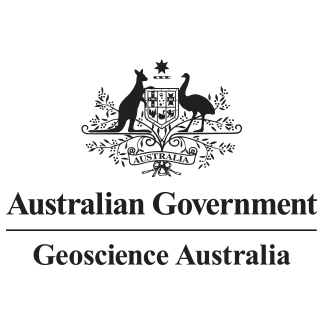Brief description
The EM300 Sea Trials survey GA-2354, was acquired by Geoscience Australia after the installation of the new multibeam bathymetry acquisition system EM300 onboard the RV Southern Survey during the 16 to 18th of December 2003. The survey location was offshore Fremantle around the Perth Canyon. The aim of the survey was to test the bathymetry system installed on the vessel. The bathymetry grids consists of 10 and 40m resolution grids projected in Easting and Northing WGS84 UTM 50S.This dataset is not to be used for navigational purposes.
Lineage
Maintenance and Update Frequency: asNeededIssued: 2013
Data time period: 2003-12-16 to 2003-12-18
text: westlimit=114.0; southlimit=-32.2; eastlimit=115.74; northlimit=-31.9
User Contributed Tags
Login to tag this record with meaningful keywords to make it easier to discover
CARIS CSAR (File download)
uri :
https://d28rz98at9flks.cloudfront.net/75906/03_CARIS_CSAR.zip![]()
ESRI Raster Grids (File download)
uri :
https://d28rz98at9flks.cloudfront.net/75906/02_ESRI_Raster_Grids.zip![]()
ASCII XYZ (File download)
uri :
https://d28rz98at9flks.cloudfront.net/75906/01_ASCII_XYZ.zip![]()
Complete Download (File download)
uri :
https://d28rz98at9flks.cloudfront.net/75906/Complete_Download.zip![]()
Perth Canyon (EM300 Trials) 2003 10m - 40m (zip ) [4.7 MB]
- DOI : 10.4225/25/562EC391EA828

- URI : pid.geoscience.gov.au/dataset/ga/75906

- global : da20ab88-8a54-4c0f-e044-00144fdd4fa6


